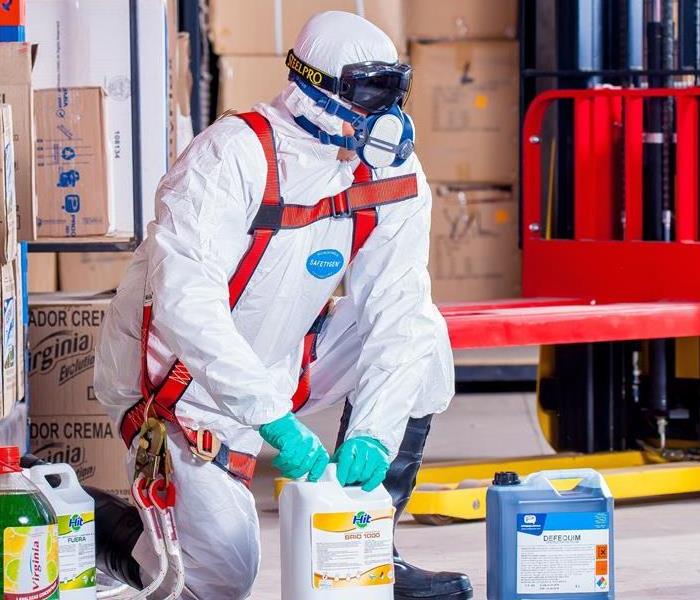Mold Mitigation: Protecting Your Home and Health
10/12/2023 (Permalink)
Mold, a silent intruder, can wreak havoc in your home and health if left unattended. It thrives in damp, dark places and can quickly spread, causing structural damage and various health issues. Mold mitigation is crucial to safeguard your living environment and well-being. In this blog post, we will explore the importance of mold mitigation, the steps to prevent and control mold growth, and how to keep your home mold-free.
Understanding the Importance of Mold Mitigation
Mold, a type of fungus, can grow almost anywhere given the right conditions. High humidity, moisture, and warmth are all it takes for mold to establish itself and flourish in your home. Here's why you should take mold mitigation seriously:
Health Concerns: Exposure to mold can lead to a variety of health issues, including allergies, respiratory problems, skin irritation, and even more severe conditions in some cases. Mold produces allergens, irritants, and mycotoxins that can be harmful to humans.
Structural Damage: Mold can wreak havoc on your home's infrastructure. It can rot wood, corrode metal, and weaken building materials. This can lead to costly repairs and, in some cases, make your home unsafe to live in.
Property Value: A mold-infested home can significantly reduce its market value and make it challenging to sell or rent. Mold-free properties are more attractive to potential buyers or tenants.
Mold Mitigation: Steps to Prevent and Control Mold Growth
Now that you understand the importance of mold mitigation, let's explore the steps you can take to prevent and control mold growth in your home:
Moisture Control: The key to preventing mold growth is moisture control. Ensure your home is well-ventilated and use exhaust fans in areas prone to moisture, like bathrooms and kitchens. Fix any leaks promptly, and keep the humidity level in your home below 50%.
Regular Inspections: Perform regular inspections of your home, paying close attention to areas like basements, crawl spaces, and attics. These areas are particularly susceptible to mold growth due to their damp and often neglected nature.
Clean and Dry Quickly: If you notice any signs of mold or moisture, act swiftly. Clean and dry the affected area within 24-48 hours to prevent mold from spreading. Use appropriate cleaning agents and, if necessary, consult with a professional for larger infestations.
Use Mold-Resistant Materials: When renovating or building, consider using mold-resistant materials for walls, flooring, and ceilings. These materials are less susceptible to mold growth and can help prevent future issues.
Proper Ventilation: Ensure your HVAC system is well-maintained and properly ventilated. Regularly change air filters and consider using high-efficiency particulate air (HEPA) filters to trap mold spores.
Professional Help: If mold infestation is severe or widespread, it's best to seek the assistance of professional mold remediation experts. They have the experience and equipment to safely and effectively remove mold from your home.
Conclusion
Mold mitigation is an essential aspect of home maintenance and health protection. By understanding the importance of controlling moisture, conducting regular inspections, and taking preventative measures, you can create a mold-free living environment. Don't underestimate the impact that mold can have on your health, property value, and overall quality of life. Stay vigilant and take action to ensure your home remains a safe and healthy place to live.






 24/7 Emergency Service
24/7 Emergency Service
